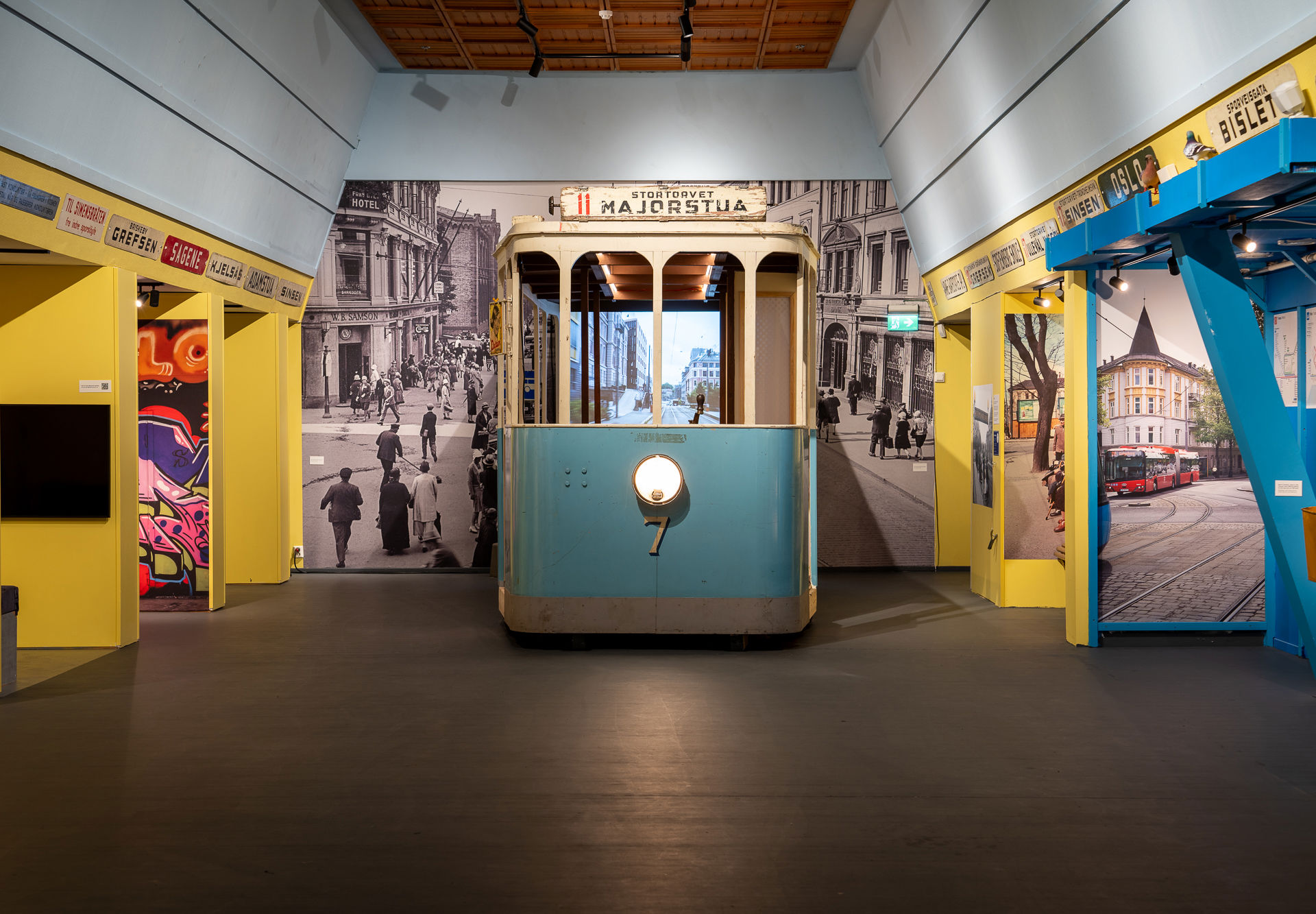
An exhibition for the whole family. Step inside the big tram model, and explore the city's transport history in a fun and visual way.
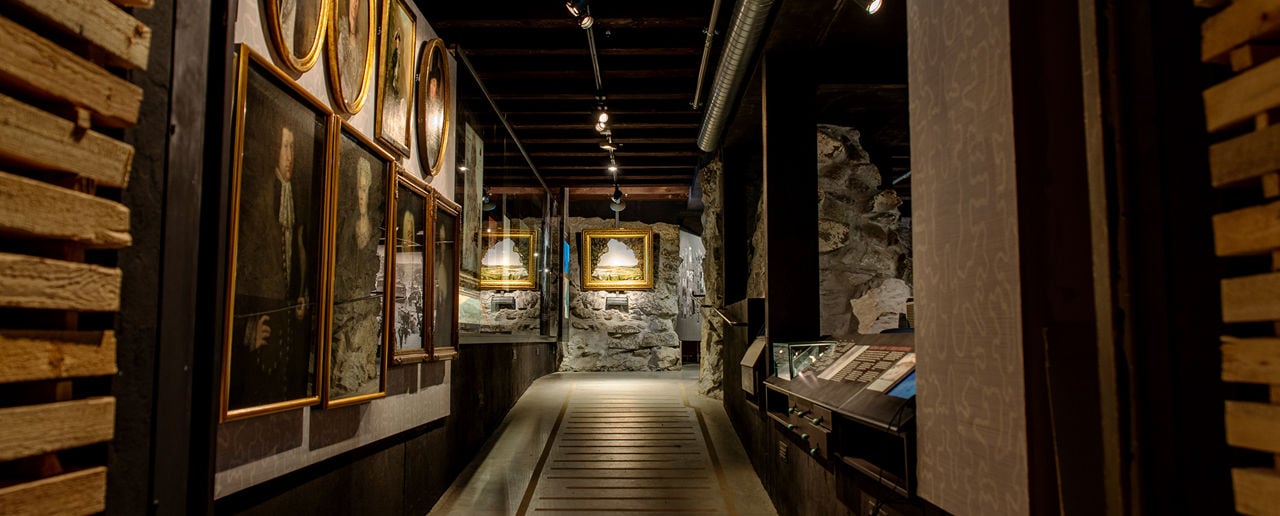
Experience Oslo's exciting history through a variety of stories.
The Museum of Oslo, Halvdan Svartes gate 58
Permanent exhibition
Museum of Oslo’s main exhibition “OsLove” will guide you through the highlights of the history of Oslo. The focus is on the people who lived in the city and created the unique atmosphere of today.
“OsLove” features some of the finest models, paintings and photos from the museum’s collection. The city’s history is featured through digital storytelling, interviews and films.
Experience the history and learn about the fire that destroyed the city in 1624. You will also be introduced to the contrasts between the working class and the upper class in Christiania (which was the name of the city in a period before 1925).
Did you know that when the castle was built people thought it to be in the countryside? Or that orange was a popular color 200 years ago? Or that Oslo throughout the times has been influenced by immigrants?
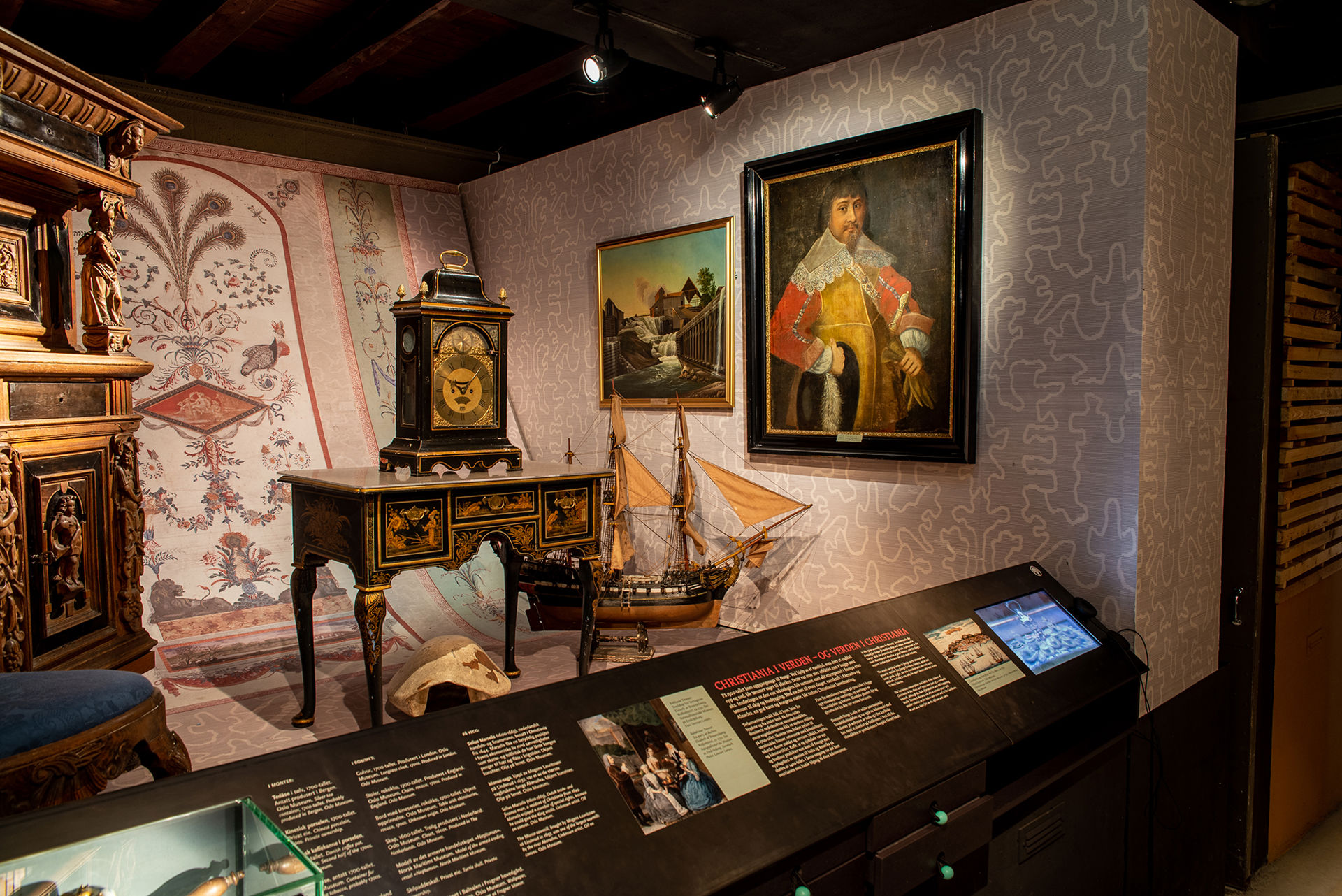
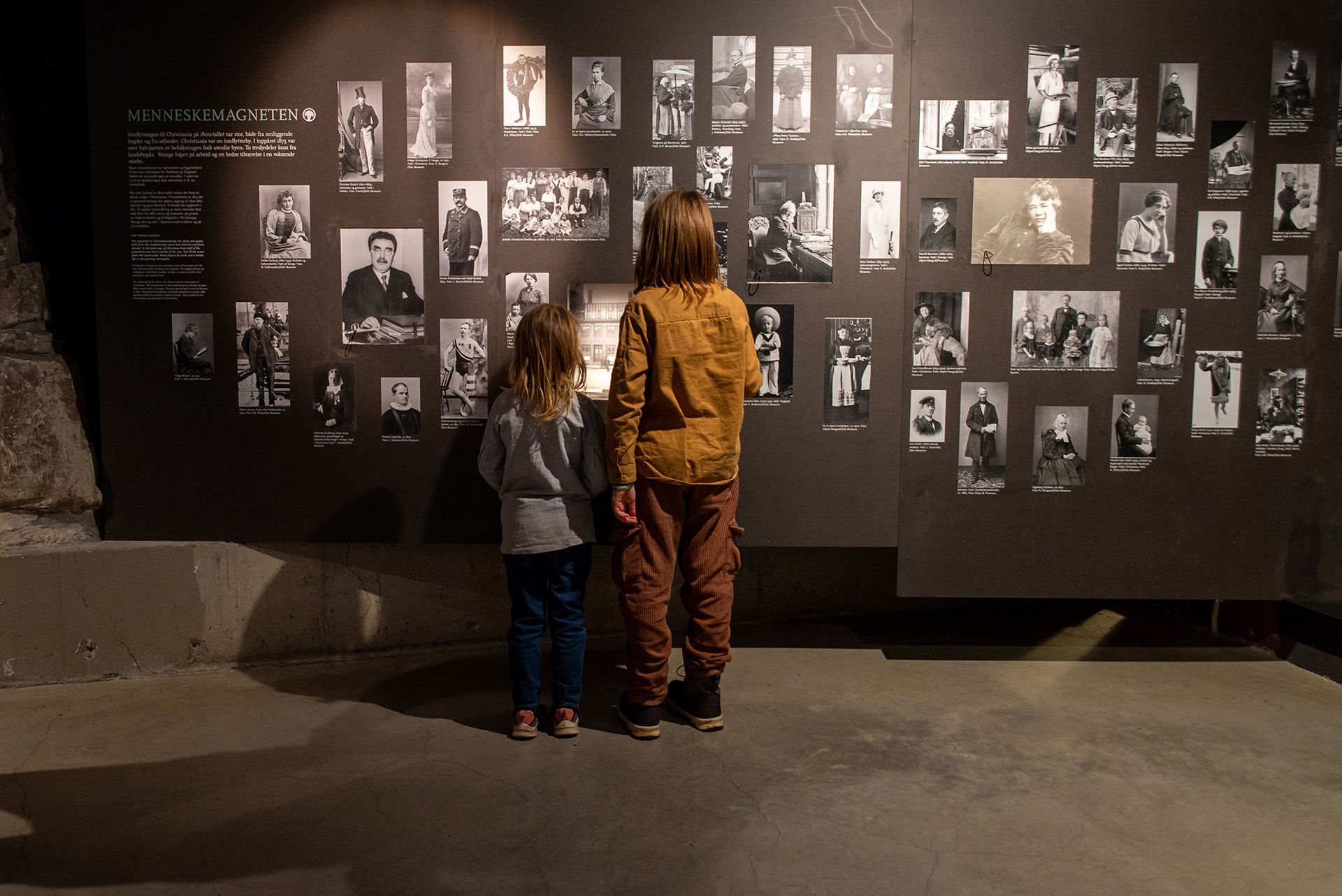
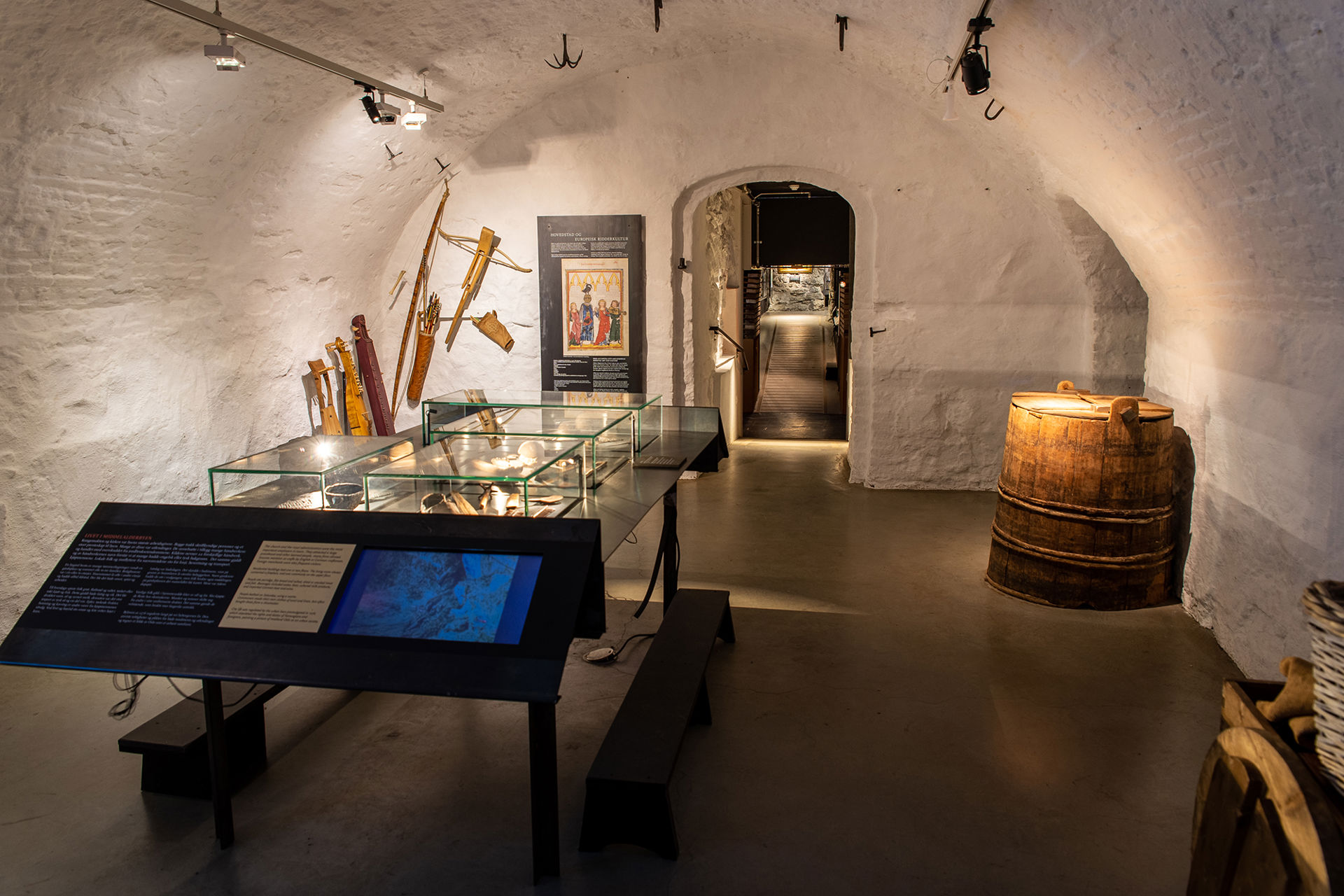
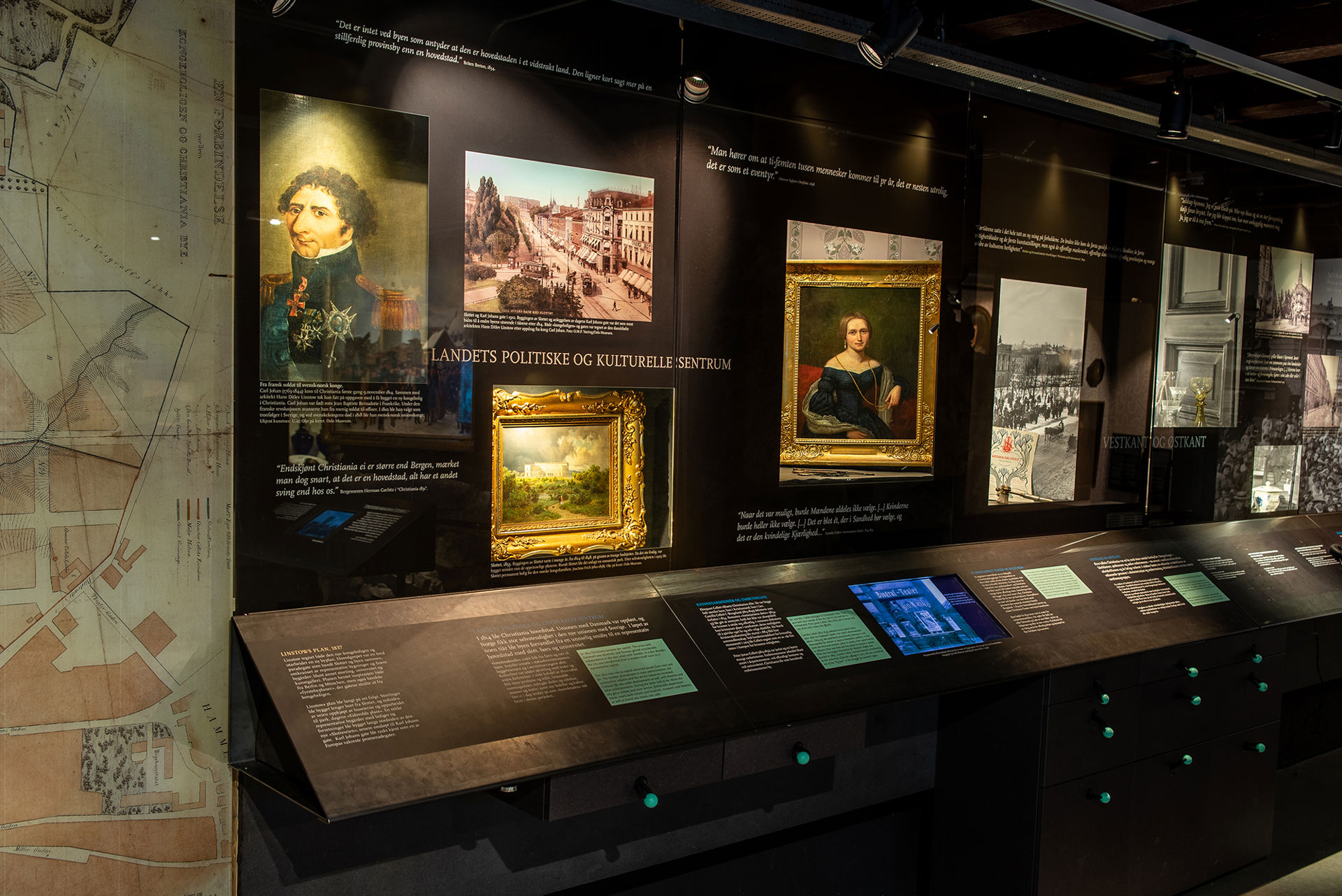
Get more out of your visit with an audio guide. The audio guide is free and available in ten different languages: Norwegian, English, German, Spanish, French, Polish, Somali, Arabic, Punjabi and Chinese.
Download the Useeum app on your phone. Bring your own headphones. Search for "City Museum" in the app to access the audio guide.
Tuesday and Wednesday: 11am–4pm
Thursday: 11am–6pm
Friday, Saturday and Sunday: 11am–4pm
Adults: NOK 120,-
Students: NOK 60,-
Children and youth (under 26): Free admission
Free admission for everyone on the first Thursday of the month.
Tickets include entrance to the Museum of Oslo and the Theatre Museum.
Address: Halvdan Svartes gate 58, 0266 Oslo
Take tram 12 or bus 20 to Frogner plass, or all subway lines to Majorstuen
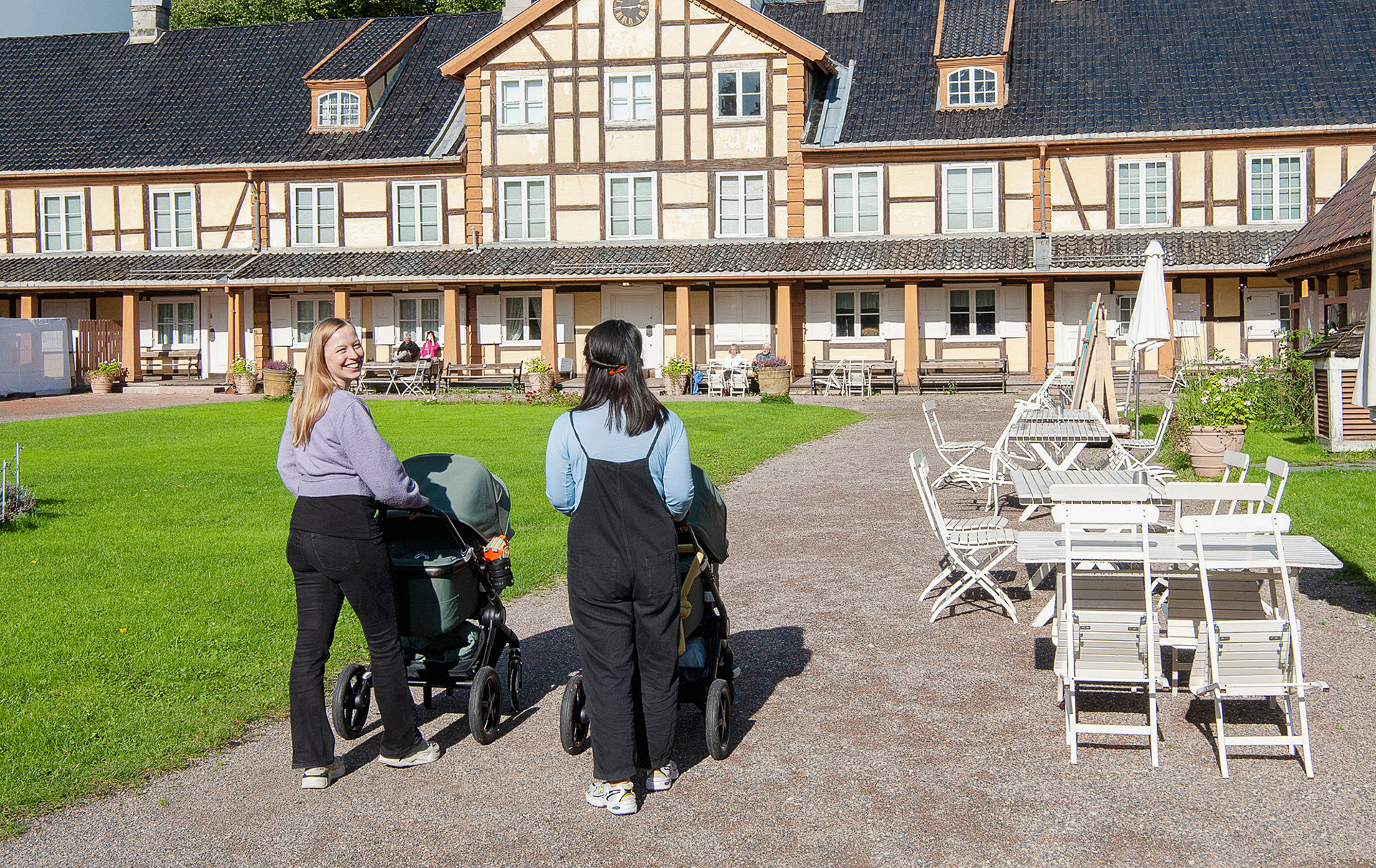
The Museum of Oslo is beautifully located at Frogner Manor in the Frogner park, together with the Theatre Museum. Here, you can familiarize yourself with the history behind today’s diverse city. Experience a variation of exhibitions about Oslo’s history, urban development, the city’s inhabitants, and current issues facing the Oslo of today.
You can also visit our pleasant café and gift shop.

An exhibition for the whole family. Step inside the big tram model, and explore the city's transport history in a fun and visual way.
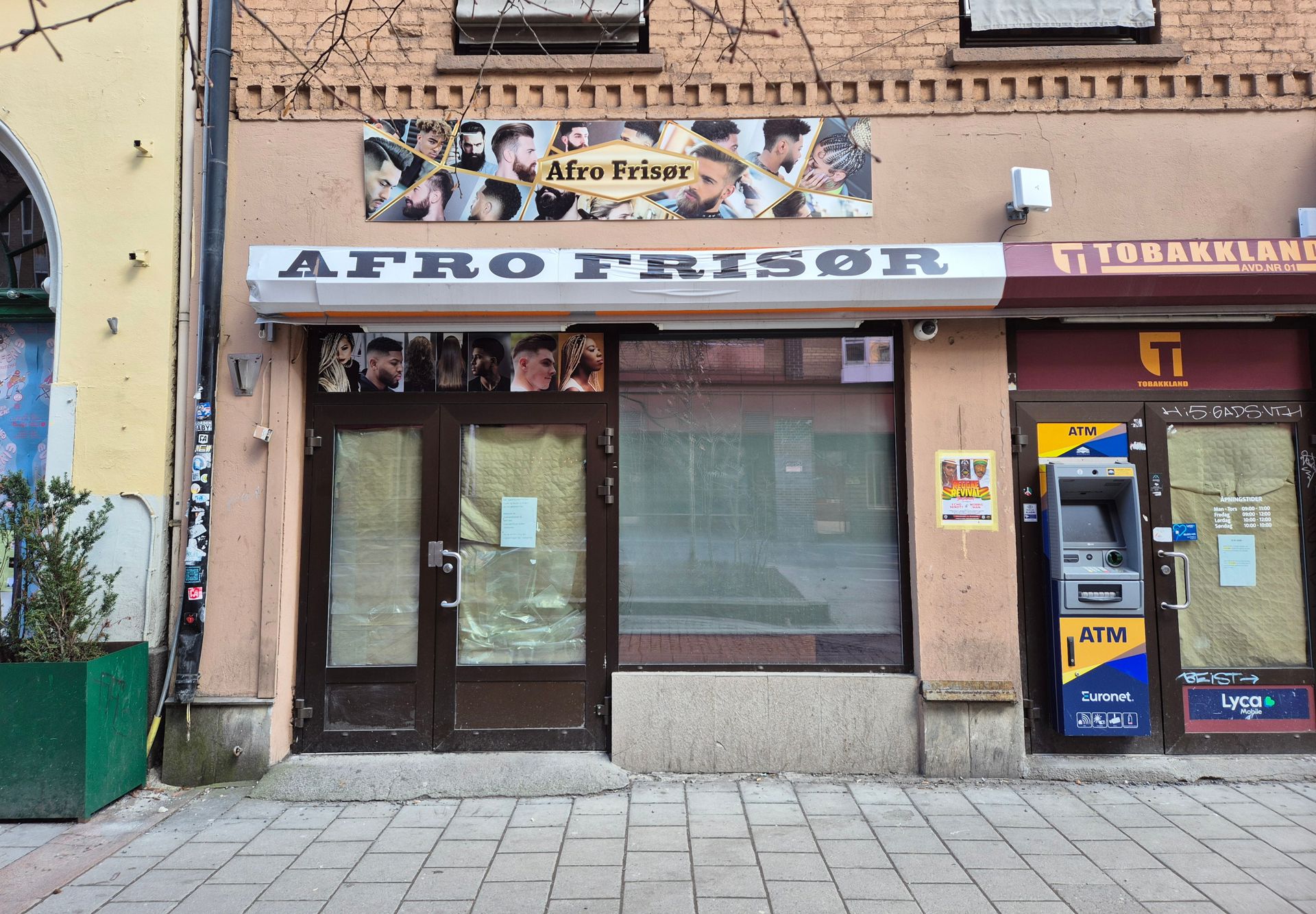
An exhibition about urban development, power and perspective. What values and visions for the city life of the future are shaping Oslo’s development?
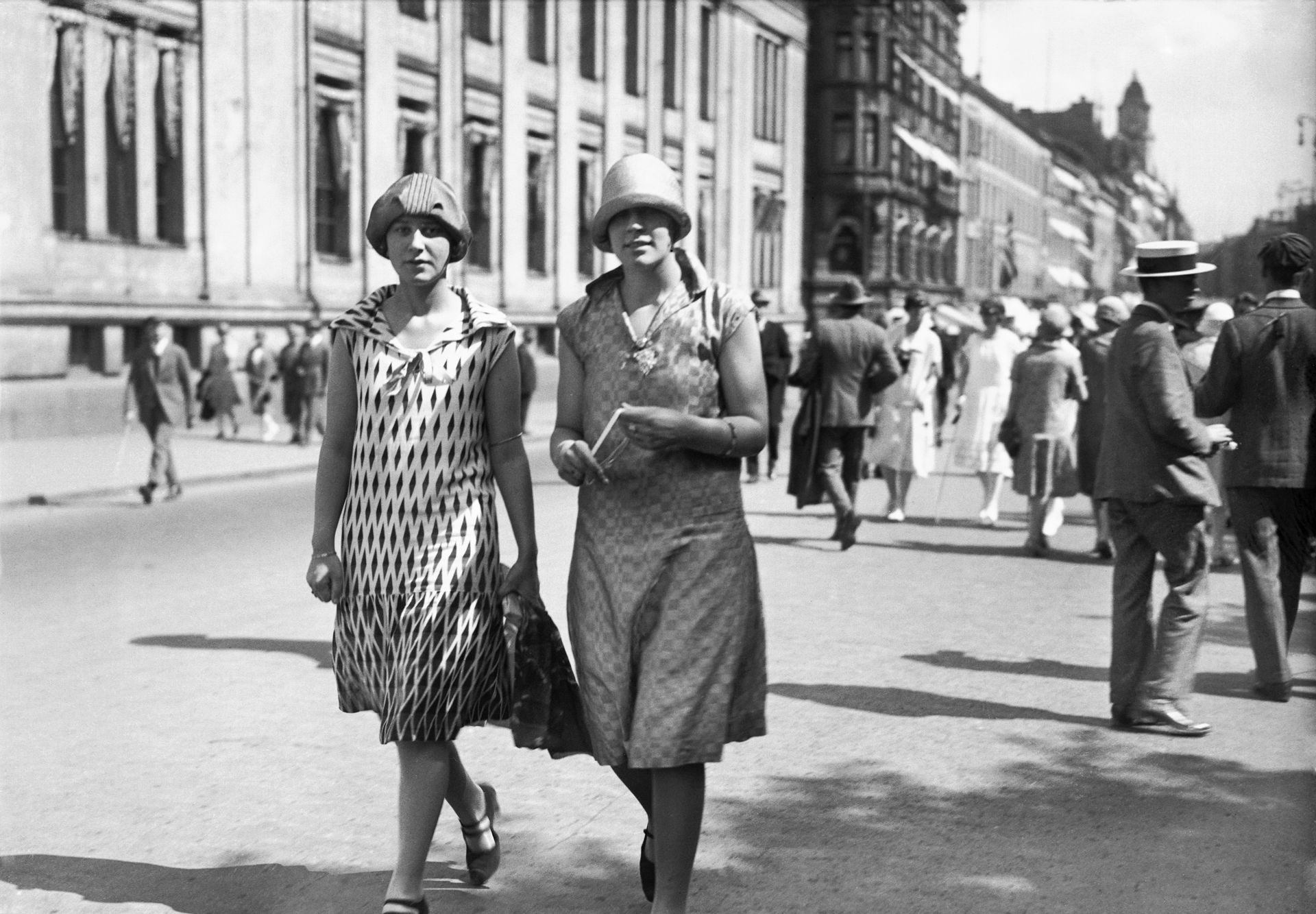
Life in Oslo in the 1920s: technological innovation, jazz, dance, and women’s liberation – but also social inequality, poor housing conditions, and political strife.

Who are we, the people who make up Oslo today? Meet some of the many people who have chosen to share parts of their lives.